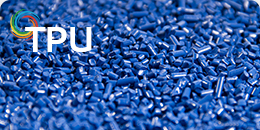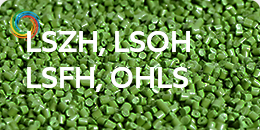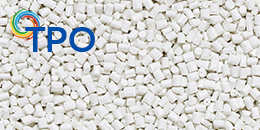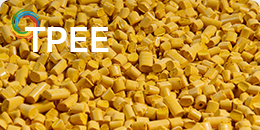Polymers are essential materials in modern industries, ranging from packaging and textiles to medical devices and electronics. They are large molecules made up of repeating units called monomers, which link together to form long chains. One common question in chemistry is whether polymers are organic compounds. The answer depends on their composition—while most polymers are organic, some are classified as inorganic. Understanding the difference between organic and inorganic polymers is crucial in determining their properties and applications.
What Makes a Compound Organic?
Organic compounds are primarily made of carbon atoms bonded with hydrogen, oxygen, nitrogen, or other elements. Carbon's ability to form stable covalent bonds allows for complex molecular structures, including the long chains and networks found in polymers. This unique bonding property makes organic compounds essential in both natural and synthetic materials.
Most naturally occurring substances, such as proteins, carbohydrates, and fats, are organic. Similarly, many synthetic materials, including plastics and rubbers, are also carbon-based and classified as organic polymers. These materials dominate industries due to their lightweight nature, durability, and ease of processing.
Organic Polymers: Natural and Synthetic
The majority of polymers used today are organic. Some of the most well-known examples include:
Natural organic polymers: Found in nature, these include cellulose, proteins, DNA, starch, and natural rubber. They play essential roles in biological functions and structural materials in plants and animals.
Synthetic organic polymers: These are man-made materials, including polyethylene (PE), polypropylene (PP), polyvinyl chloride (PVC), polystyrene (PS), nylon, and polyester. They are widely used in packaging, textiles, automotive parts, and construction.
Organic polymers are typically derived from petrochemicals or plant-based sources. They are flexible, processable, and can be engineered for various properties, such as strength, elasticity, and resistance to chemicals.
Inorganic Polymers: Exceptions to the Rule
Not all polymers are organic. Some materials, known as inorganic polymers, do not have a carbon-based backbone. Instead, they contain other elements such as silicon, boron, or phosphorus. Examples include:
Silicones (Polysiloxanes): Used in medical implants, sealants, and lubricants, these polymers are based on a silicon-oxygen backbone rather than carbon.
Polysilazanes: Comprising silicon-nitrogen bonds, these polymers are used in coatings and high-temperature applications.
Polyphosphazenes: Containing phosphorus-nitrogen bonds, these materials are valued for their thermal and chemical resistance.
Inorganic polymers often exhibit unique properties, such as high heat resistance, oxidation resistance, and electrical insulation, making them suitable for specialized applications in industries like aerospace, electronics, and medical devices.
Why Most Polymers Are Organic
Despite the existence of inorganic polymers, the majority of polymers used in everyday life are organic. This is because organic polymers are more versatile, cost-effective, and easier to manufacture. Some advantages of organic polymers include:
Lightweight and durable – Used in consumer products like plastic bottles, packaging, and textiles.
Flexible and elastic – Ideal for applications like rubber tires and medical tubing.
Biodegradable options – Such as polylactic acid (PLA) and polyhydroxyalkanoates (PHA), which are used in sustainable packaging and compostable materials.
Organic polymers continue to be the backbone of modern material science, allowing innovation in fields like 3D printing, biodegradable plastics, and high-performance composites.
Conclusion
Polymers can be either organic or inorganic, but the vast majority of commercially used polymers are organic due to their carbon-based structures. Whether derived from natural sources like cellulose and proteins or synthesized from petrochemicals, organic polymers offer unmatched versatility and practicality. Meanwhile, inorganic polymers serve specialized roles in high-temperature and chemically resistant applications. Understanding the distinction between these two types of polymers helps industries select the right materials for specific purposes, ensuring advancements in science, technology, and sustainable materials.







